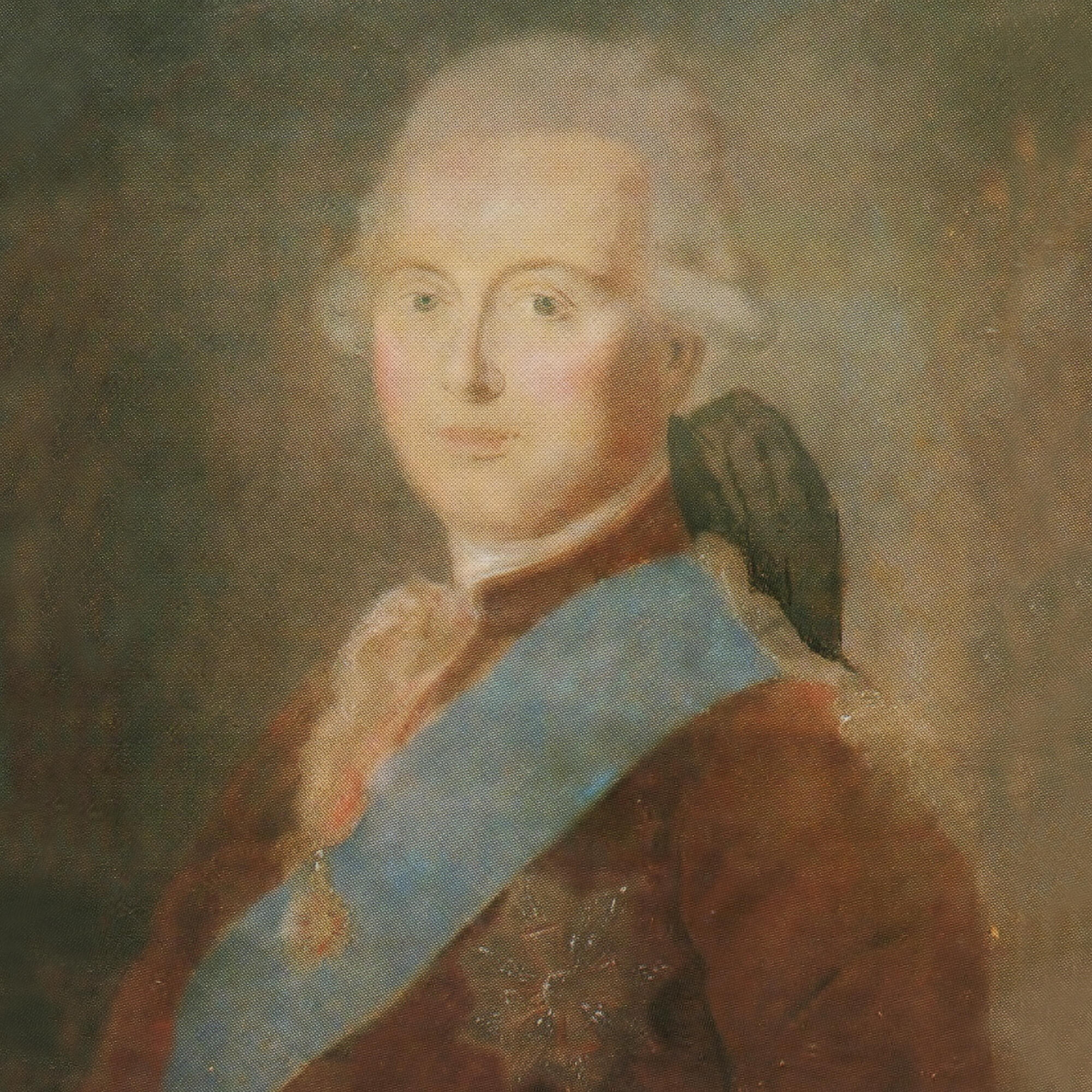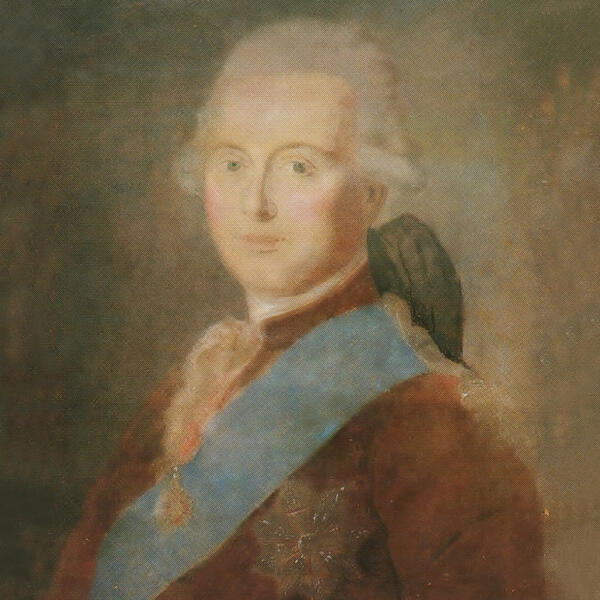Count DmItry Alexandrovich ZUbov (May 17, 1764 – February 14, 1836) was a Major General and the second son of Senator Alexander Nikolaevich Zubov.
The most famous brother of Dmitry was Platon Zubov, the last favorite of Catherine II, who took part in the conspiracy against Paul I and was very disliked by contemporaries.
Unlike his brothers, Dmitry Alexandrovich had no interest in matters of court intrigue. He served in the Horse Guards, and was granted the title of gentleman of the bedchamber after the rise of his brother.
In 1789, the count became engaged to Princess Praskovya Alexandrovna Vyazemskaya, and they eventually got married.
He lived in Moscow, where, together with the adviser for commerce Peredovshchikov, he handled government contracts and wine taxes in the provinces of St. Petersburg and Moscow since 1806.
Having become a freemason in 1807, he held multiple positions in various lodges of St. Petersburg. He was the Master of the Trois /, tru’a:/ Flambeaux /, flam’bo:/ lodge from 1817 to 1819. The Master, also referred to as the Worshipful Master, is the senior officer of a Masonic Lodge. He presided over all affairs, rituals, and ceremonies of the lodge and had more authority than its other members.
Count Dmitry Zubov died at the age of 71. He outlived all his brothers, inheriting the vast and wealthy estates of Prince Platon Zubov.
This chest-high portrait of Dmitry Zubov depicts him as a young man wearing a burgundy frock coat. At the time, a snow-white shirt with lace cuffs and a shirt frill was an essential element of a men’s suit. The young man is shown wearing a white wig with side curls near the temples and a tail tied with a black ribbon. Dmitry Zubov’s gaze is aimed directly at the viewer.
The left side of his chest is decorated with what presumably is the star of the Order of the White Eagle with a blue moire sash over his left shoulder.
The portrait was drawn with pastels, which gives its colors a particular softness and airiness. The delicate blush on the cheeks and the absence of pronounced contours make the man in the portrait seem to be shrouded in a gentle haze.
Pastels became especially popular in France in the 18th century. This technique was brought to Russia by foreign artists, also in the first half of the 18th century.
The most famous brother of Dmitry was Platon Zubov, the last favorite of Catherine II, who took part in the conspiracy against Paul I and was very disliked by contemporaries.
Unlike his brothers, Dmitry Alexandrovich had no interest in matters of court intrigue. He served in the Horse Guards, and was granted the title of gentleman of the bedchamber after the rise of his brother.
In 1789, the count became engaged to Princess Praskovya Alexandrovna Vyazemskaya, and they eventually got married.
He lived in Moscow, where, together with the adviser for commerce Peredovshchikov, he handled government contracts and wine taxes in the provinces of St. Petersburg and Moscow since 1806.
Having become a freemason in 1807, he held multiple positions in various lodges of St. Petersburg. He was the Master of the Trois /, tru’a:/ Flambeaux /, flam’bo:/ lodge from 1817 to 1819. The Master, also referred to as the Worshipful Master, is the senior officer of a Masonic Lodge. He presided over all affairs, rituals, and ceremonies of the lodge and had more authority than its other members.
Count Dmitry Zubov died at the age of 71. He outlived all his brothers, inheriting the vast and wealthy estates of Prince Platon Zubov.
This chest-high portrait of Dmitry Zubov depicts him as a young man wearing a burgundy frock coat. At the time, a snow-white shirt with lace cuffs and a shirt frill was an essential element of a men’s suit. The young man is shown wearing a white wig with side curls near the temples and a tail tied with a black ribbon. Dmitry Zubov’s gaze is aimed directly at the viewer.
The left side of his chest is decorated with what presumably is the star of the Order of the White Eagle with a blue moire sash over his left shoulder.
The portrait was drawn with pastels, which gives its colors a particular softness and airiness. The delicate blush on the cheeks and the absence of pronounced contours make the man in the portrait seem to be shrouded in a gentle haze.
Pastels became especially popular in France in the 18th century. This technique was brought to Russia by foreign artists, also in the first half of the 18th century.



